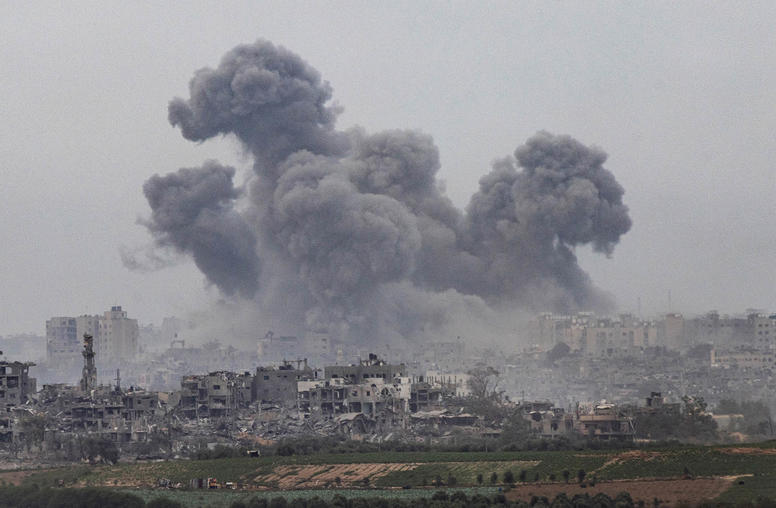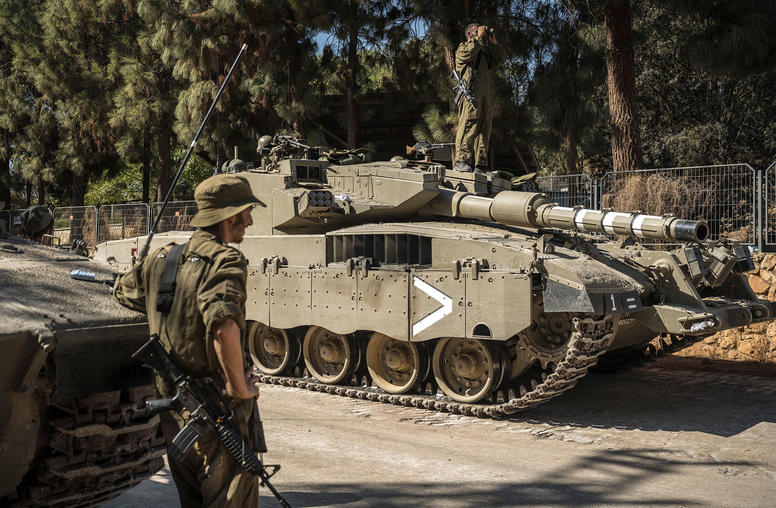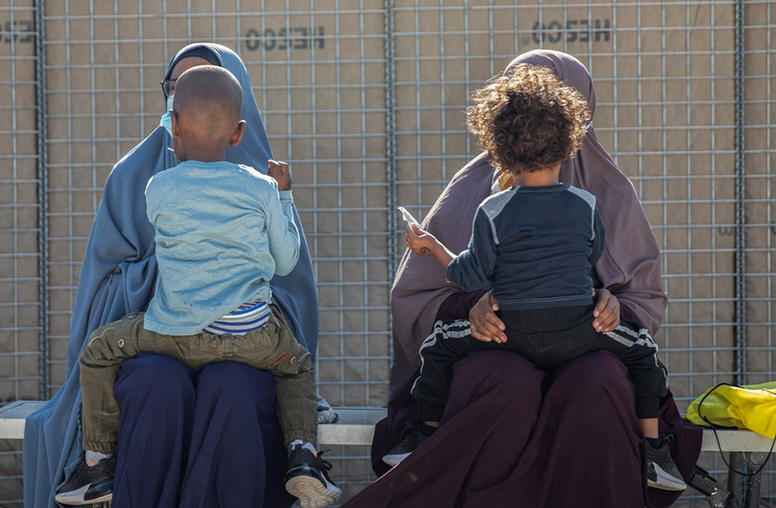The Reluctant Sectarianism of Foreign States in the Syrian Conflict
This Peace Brief, one of a five-part series on sectarianism in the Middle East, analyzes the regional sectarianism and dynamics related to the Syrian conflict.
Summary
- The Syrian conflict’s internal dynamics have reshuffled regional alignments alongside unprecedentedly clear-cut sectarian dividing lines; this has often occurred against the preferences of regional state actors − including Saudi Arabia and Iran.
- Foreign states have generally adopted expedient policies that followed sectarian patterns for lack of alternatives.
- Iran bears significant responsibility for exacerbating the conflict’s sectarian character at the regional level.
- There is no such “diplomatic shortcut” to regional appeasement; it is the domestic Syrian deadlock that must be broken in order to alleviate sectarian tensions across the Middle East, not the opposite.
About This Brief
Thomas Pierret is a lecturer in Contemporary Islam at the University of Edinburgh. He has written on the issue of sectarianism and the role of Islamic forces in the Syrian revolution, and is the author of Religion and State in Syria and The Sunni Ulama from Coup to Revolution (Cambridge University Press, 2013).” This Peace Brief is one in a five-part USIP series on sectarianism in the Middle East.



